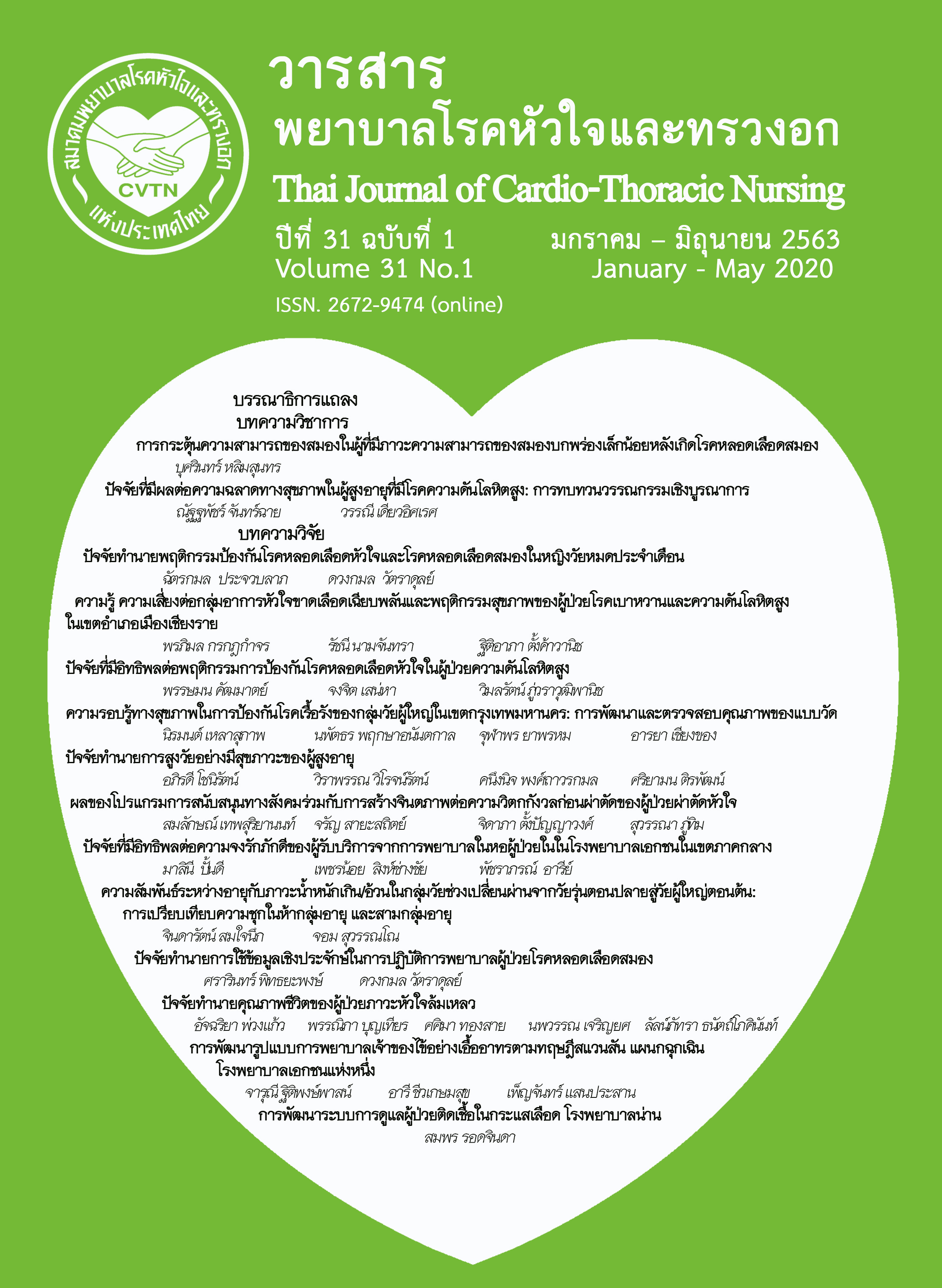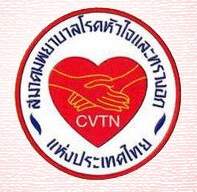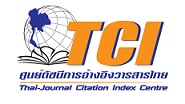Association of age with overweight/obesity in the transitional from late-adolescent to early adulthood: a comparison of prevalence among five-, and three-aged groups
Keywords:
youth health, cardiometabolic risk factor, obesity, overweightAbstract
This analytic cross-sectional study is aimed to examine the prevalence of overweight/obesity, and the association of age and overweight/obesity among five-, and three-aged groups of adolescents. Among 2,462 adolescents, undergraduate students, who are a resident of dormitories of a university located in Southern region, three-hundred and fifty (14%) were recruited by using a simple random sampling. The proportion of female and male sample was 3:1, based on the total population proportion. Statistical analysis describes the prevalence of overweight /obesity. Variables with continuous data characteristics were analyzed by using one-way analysis of variance and logistic statistics.
Results showed that nearly 1 in 3 adolescents (28.9%) are overweight or obese. Based on the Asia criteria, rates of overweight, obesity grade 1, and obesity grade 2 were 12.9%, 12.9%, and 3.1%, respectively. A univariate logistic regression analysis found that age was not associated with overweight/obesity where we compared among five-, and three-aged groups. A sub-group analysis was employed among 7 BMI groups based on Thai criteria and revealed non-significant relationship of age and overweight/obesity.
This study suggests that high prevalence of overweight/obesity is noted in this adolescent group. Thus, a comprehensive cardiovascular risk screening is needed to identify other comorbidities. Promoting individual’s healthy lifestyle and healthy environment in order to raise their awareness of obesity and health-related obesity is needed.
References
2. Huang PL. A comprehensive definition for metabolic syndrome. Dis Model Mech. 2009; 2(5-6): 231-7.
3. Kelly T, Yang W, Chen C-S, Reynolds K, He J. Global burden of obesity in 2005 and projections to 2030. Int J Obes. 2008; 32(9): 1431-7.
4. Lavie CJ, Milani RV, Ventura HO. Obesity and cardiovascular disease: risk factors, paradox, and impact of weight loss. J Am Coll Cardiol. 2009; 53(21): 1925-32.
5. World Health Organization (WHO). World Health Organization obesity and overweight. Geneva: World Health Organization; 2018. [Cited 2019 December 17]. Available from: http://www.who.int/ mediacentre/factsheets/ fs311/en/.
6. Juonala M, Viikari JSA, Laitinen T, Marniemi J, Helenius H, Rönnemaa T, et al. Interrelations between brachial endothelial function and carotid intima-media thickness in young adults: The cardiovascular risk in young finns study. Circulation 2004; 110(18): 2918-23.
7. Zheng Y, Manson JE, Yuan C, Liang MH, Grodstein F, Stampfer MJ, et al. Associations of weight gain from early to middle adulthood with major health outcomes later in life. JAMA. 2017; 318(3): 255-69.
8. Yamborisut U, Mo-suwan L. Prevalence of childhood and adolescent obesity in Thailand: a review. J Med Assoc Thai. 2014; 97(1): 44-51.
9. Aekplakorn W, Puckcharern H, Thaikla K, Satheannoppakao W. Thai national health examination survey: NHES V. Nonthaburi: Health System Research Institute, Thailand; 2016. (In Thai)
10. Aekplakorn W, Porapakkham Y, Thaneepanichsakul S, Puckcharern H, Satheannoppakao W, Thaikla K. Thai national health examination survey: NHES IV. Nonthaburi: Health System Research Institute, Thailand; 2009. (In Thai)
11. Aekplakorn W, Hogan MC, Chongsuvivatwong V, Tatsanavivat P, Chariyalertsak S, Boonthum A, et al. Obesity. 2007; 15(12): 3113-21.
12. Banwell C, Lim L, Seubsman SA, Bain C, Dixon J, Sleigh A. Body mass index and health-related behaviours in a national cohort of 87 134 Thai open university students. J Epidemiol Community Health. 2009; 63(5): 366-72.
13. Peltzer K, Pengpid S, Samuels TA, Özcan NK, Mantilla M, Rahamefy OH, et al. Prevalence of overweight/obesity and its associated factors among university students from 22 countries. Int J Environ Res Public Health. 2014; 11(7): 7425-41.
14. Neuman B. The Neuman Systems model. (3rd ed.). Norwalk, CT: Appleton & Lange; 1995.
15. Redinger RN. The pathophysiology of obesity and its clinical manifestations. Gastroenterol Hepatol. 2007; 3(11): 856-63.
16. Yamane T. Statistics: an introductory analysis. NY: New York Harper and Row; 1973.
17. Barba C, Cavalli-Sforza T, Cutter J, Darnton-Hill I, Deurenberg P, Deurenberg-Yap M, et al., For WHO expert consultation. Appropriate body-mass index for Asian populations and its implications for policy and intervention strategies. Lancet. 2004; 363(9403): 157-63.
18. Thailand Expert Committee on obesity evaluation and treatment. Expert Committee on Obesity Evacuation and Treatment. Nonthaburi: Institute of Medical Research and Technology Assessment, Ministry of Public Health Thailand; 2010. (In Thai)
19. Pongchaiyakul C, Nguyen TV, Kosulwat V, Rojroongwasinkul N, Charoenkiatkul S, Pongchaiyakul C, et al. Defining obesity by body mass index in the Thai population: an epidemiologic study. Asia Pac J Clin Nutr. 2006; 15(3): 293-9.
Downloads
Published
How to Cite
Issue
Section
License
บทความนี้ยังไม่เคยตีพิมพ์หรืออยู่ในระหว่างส่งไปตีพิมพ์ในวารสารอื่น ๆ มาก่อน และกองบรรณาธิการขอสงวนสิทธิ์ในการตรวจทาน และแก้ไขต้นฉบับตามเกณฑ์ของวารสาร ในกรณีที่เรื่องของท่านได้ได้รับการตีพิมพ์ในวารสารฉบับนี้ถือว่าเป็น ลิขสิทธิ์ของวารสารพยาบาลโรคหัวใจและทรวงอก





